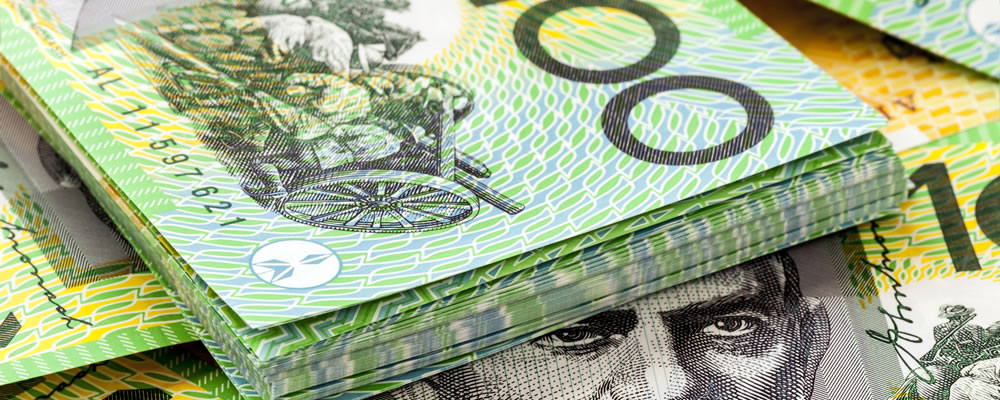Upbeat Aussie PMI Sends the Euro Australian Dollar (EUR/AUD) Exchange Rate Lower
The Euro Australian Dollar (EUR/AUD) exchange rate slumped by around -0.3% on Wednesday. This left the pairing trading at around AU$1.6233.
The Australian Dollar was able to edge higher against the Euro this morning as traders reacted to the latest data from China and Australia.
Markit’s data showed Australia’s manufacturing sector returned to growth in June as the economy reopened.
Conditions in the Australian manufacturing sector improved, with the PMI rising from May’s 44 to 51.2 in June.
Meanwhile, China’s PMI jumped from 50.7 to 51.2 which offered the risk-sensitive ‘Aussie’ further support.
An increase in risk appetite also supported the ‘Aussie’. Investors have been betting that the surge in new coronavirus infections will not derail the global recovery.
However, new coronavirus cases in the US rose by more than 47,000 on Tuesday. This was the largest one-day spike since the beginning of the crisis.
Added to this, geopolitical tensions were also on the rise which has added to investor caution. China made the first arrest under its new national security law which limits the freedom of Hong Kong.
Euro (EUR) Slides as German PMI Stuck in Contraction
The single currency suffered losses against the Australian Dollar despite traders remaining cautious in early trading.
European data remained in focus, leaving the Euro under pressure despite German retail sales rebounding sharply in May.
As the government relaxed lockdown measures, sales in Germany increased by 13.9% during May after slumping by -6.5% just a month before.
Annually sales jumped by 3.8%, and due to the virus keeping many consumers away from brick-and-mortar stores, online sales surged by 28.7%.
However, further data from the bloc’s largest economy showed the country’s PMI remained in contraction despite reaching a three-month high.
The German manufacturing PMI increased from May’s 36.6 to 45.2 thanks to slower declines in production and new orders.
Commenting on today’s data, Markit’s Principal Economist, Phil Smith said:
‘We can take away positives and negatives from June’s manufacturing PMI survey. On the one hand, the data show more German manufacturers starting to ramp up production, and a regaining of confidence which has been severely lacking in recent months. But on the other, demand remains very much subdued and is holding back any recovery.
‘The lack of new orders means manufacturers are relying on ever-dwindling backlogs of work to support production, and until new orders start to pick up and factories get back to somewhere near capacity, jobs across the sector are at risk.’
Euro Australian Dollar Outlook: Aussie Trade Balance in Focus
Looking ahead, the Australian Dollar (AUD) could edge higher against the Euro (EUR) following the release of Australia’s trade balance data.
If both imports and exports in Australia rise higher than expected, the ‘Aussie’ will edge higher.
Meanwhile, the single currency could be left under pressure following the release of the bloc’s unemployment data.
If the Eurozone’s unemployment rate rises higher than expected in May due to the coronavirus pandemic, it will send the Euro Australian Dollar (EUR/AUD) exchange rate lower.



